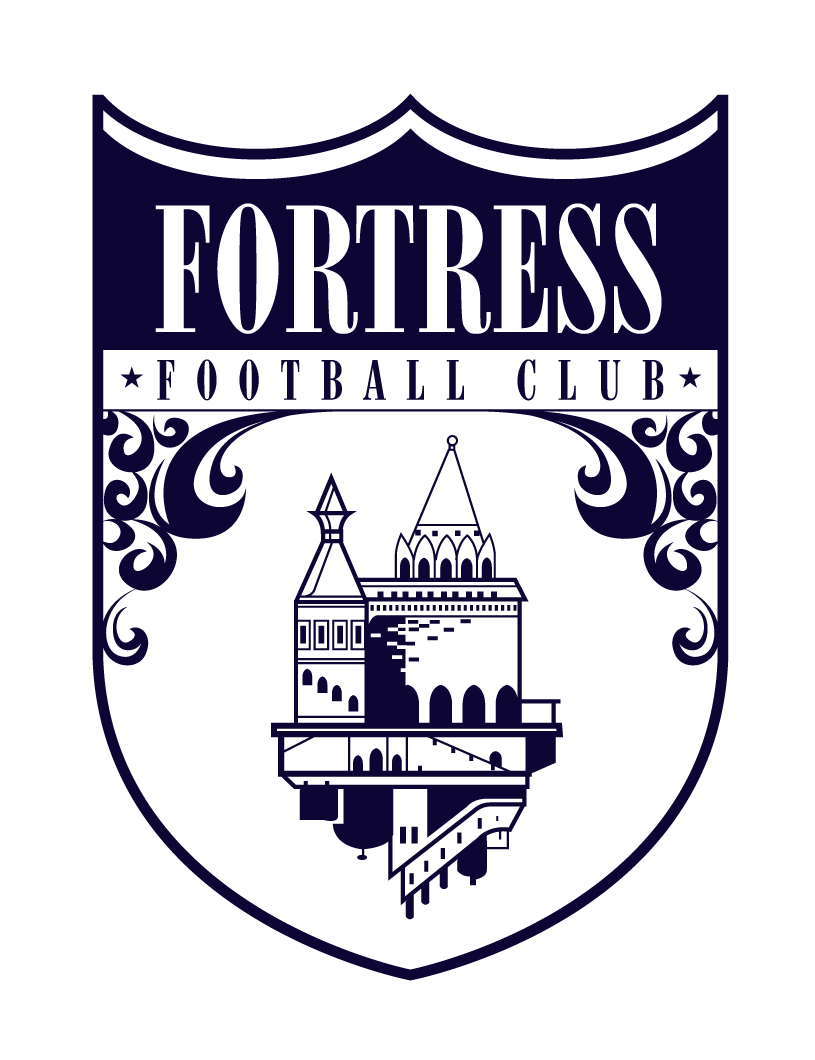Transitions - 2009 Boys and 2012 Girls
2009 Boys
Our focus this week is on transitions.
There are two different types of transitions:
1. Positive transition - When our team goes from out of possession to in possession (you may think of this as moving from defense to offense).
2. Negative transition - When our team goes from in possession to out of possession (offense to defense).
The boys know these terms already. Our action and response time, however, is delayed. We focus on the ball instead of the space we can move into to fill (negative transition) or open up (positive transition).
Many times, we need to fill a space even when we’re in possession of the ball in case our opponents win the ball back and exploit it. Often, the pivota and center backs have this responsibility.
Unless we win the ball back high up the field, the objective here is not to push the ball forward right away. This leads to a “track meet” where both sides are constantly sprinting up and down the field.
Instead, we want to look for an outlet, a player with space who can help transition the ball out of the congested area where the ball was won and into an area which gives us time to “reset” into an attacking phase. This is often a pass backwards.
When we lose the ball, we do the opposite and move forward to press. Our closest player to the ball presses while the next two that are closest "cover", allowing time for our three lines of defense to push up or move into the correct position.
2012 Girls
Our focus this week is on transitions.
There are two different types of transitions:
1. Positive transition - When our team goes from out of possession to in possession (you may think of this as moving from defense to offense).
2. Negative transition - When our team goes from in possession to out of possession (offense to defense).
In positional play, we want to dominate possession, not for its sake alone, but to shift the defense into positions that are advantageous for us.
In order to dominate possession, basic skills like trapping, passing, tackling, and dribbling have to be above average. We will work toward this.
When we have possession of the ball, the other team will try to come forward to steal the ball. At this age, teams don’t understand pressure, cover defensive principles (we are learning these!). They will often bunch together, especially as they become more tired.
The further forward up the field we have the ball, the more bunched up the center will be. It’s important for us to switch the ball from one side of the field to the other through our center midfielders or defenders. This is where the space is.
Jamming the ball forward into the crowd will only work if we get lucky. The older we get, the less that will be the case.
Our biggest improvement will come through understanding where to move off the ball and when. This will be a big part of this week.
As we understand positioning better, the chances of a team clearing the ball out from their box to a speedy forward and scoring will decrease.
In fact, this “boot it" response is exactly what we will want defenders to do. It just gives us the ball back.
